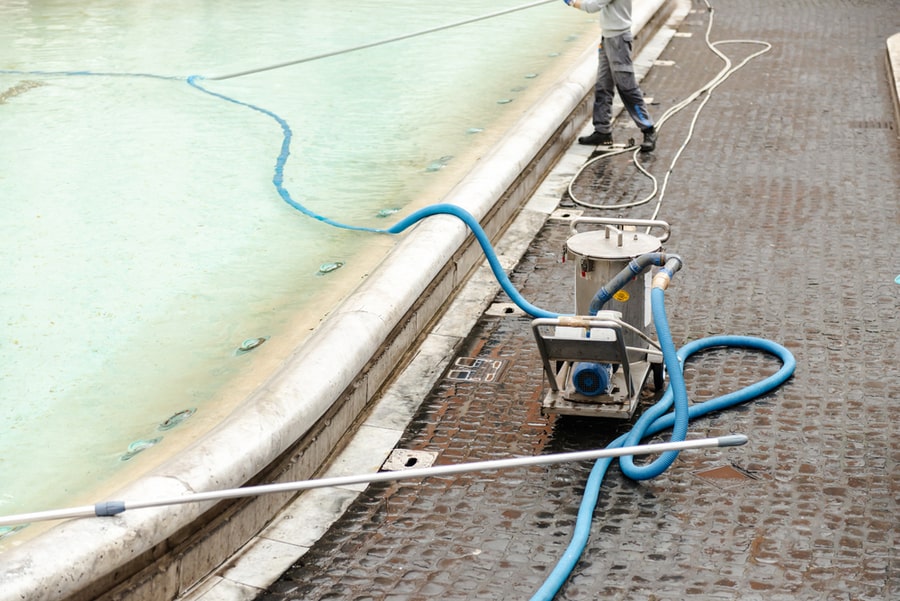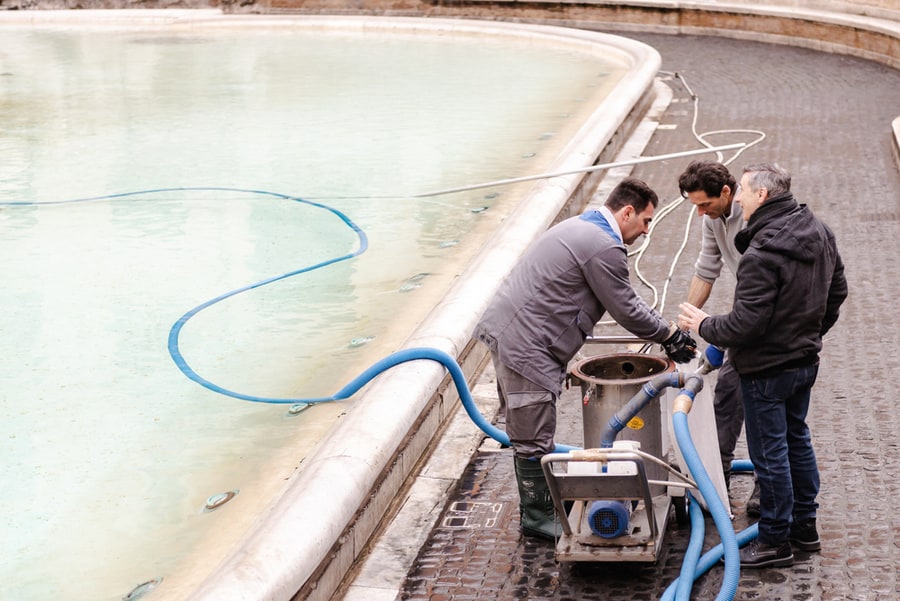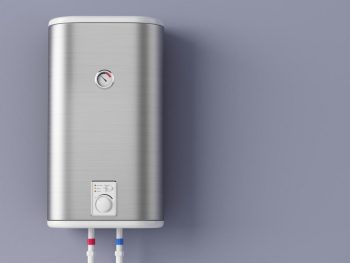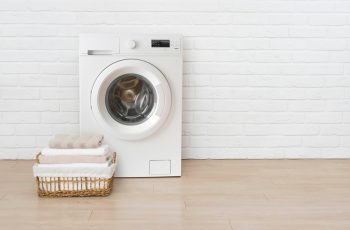
Whether your pond is artificial or natural, it will need routine maintenance. Over time, a garden pond will accumulate sludge, algae, and a variety of unsightly contaminants.
Aside from making your pond appear dark and dreary, these elements can also produce foul odors. Kept unchecked, a pond may become a breeding ground for all sorts of disease-carrying insects.
One of the ways to keep your pond clean would be through the use of a pond vacuum. Designed specifically for ponds, pools, and other water features, these nifty gadgets provide powerful suction that removes contaminants.
But how exactly does a pond vacuum work?
- Pond vacuums work by sucking out water along with contamination like algae and sludge.
- Depending on the model, a pool vacuum may filter the water so you can pump it back into the pond.
- Pond vacuums can filter algae, dirt, and other contaminants in a pond.
There are lots of different kinds of pond vacuums. And although they all attempt to achieve the same end, they don’t all work the same way.
Variations in models and designs can alter how a pond vac does the job.
How Does a Pond Vacuum Work?

A pond vacuum usually has two main hoses; the vacuum hose and the discharge hose. The vacuum hose is what you would sink into the pond water to suction out dirt, debris, and sludge.
As the hose sucks in all the contamination, it feeds the collected material into the vacuum’s body.
Here, there should be a filter that strains the water of contamination. The body has two main chambers, one for dirt and another for clean, filtered water.
As the vacuum completes the filtering process, it pushes the clean water out of the discharge hose and back into the pond.
Some pond vacuum models have an attachment that lets you vacuum the area around the pond. This works well when your lawn doesn’t run to the edge of the pond so that there are rocks or tiles around the perimeter of the water.
The feature typically works like a standard vacuum used in your home. That entails vacuuming the tiles or rocks surrounding the pond using the special head attachment to eliminate sludge or algae that could present a safety hazard.
How To Use a Pond Vacuum
Not all pond vacuums use the same steps. Check the user manual to ensure you’re properly using your vacuum.
It should provide instructions on properly operating your specific model so you can make the most of its performance and prevent potential damage.
1. Connect All Hoses and Plug them Into a Power Source

Again, most pool vacuums come with two hoses, one to suction and the other to release filtered, clean water. Ensure all connections and hardware are properly installed to avoid leaks.
Once the vacuum is fully assembled, connect it to a power source. Again, you’ll want to ensure that the cords are away from the water.
Most vacuums come with an extended cord to plug the machine into a far away outlet to prevent water from causing an electrical shortage.
2. Place the Suction Hose Into the Water

Depending on your pond vacuum model, you might need to move the suction hose around to eliminate the dirt under the pond. Some models will only require that you dip the suction hose into the water and leave the vacuum to do the work for you.
3. Position the Discharge Hose

The opposite hose lets you churn out cleaned water that passed through the vacuum’s filter back into the pond. All you need to do is place the hose head over the pond, so the water pours back out as the vacuum operates.
Most models use this feature, but others might keep water and sludge collected in the vacuum’s compartment. These models require that you throw away anything the vacuum collects, including water.
Conclusion
Pond vacuums help prevent foul odors, slipper algae, unsightly sludge, and opportunistic insects from taking over your pond.
It is designed to suck out contamination, dirt, and whatever else might invade your garden pond so you can keep it clean and presentable.
Frequently Asked Questions
How Often Should You Vacuum a Pond?
It depends on the size of your pond and how dirty it gets. However, most experts recommend vacuuming at least once or twice a year.
How Do I Keep My Pond From Getting Dirty?
You can buy some commercial solutions to prevent your pond from getting dirty too soon. But if you have fish in your pond, you may want to try alternatives like a pond skimmer to filter water and keep contamination at bay constantly.












